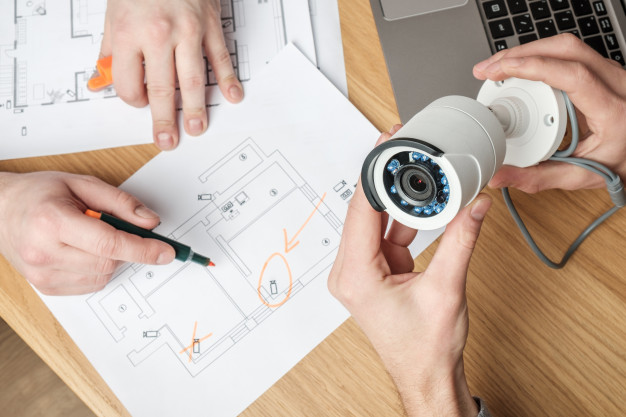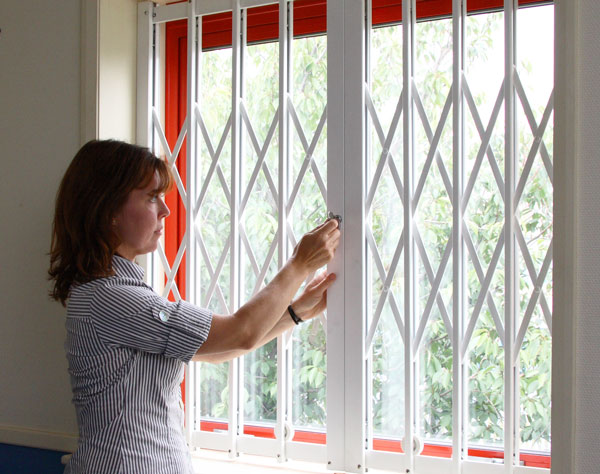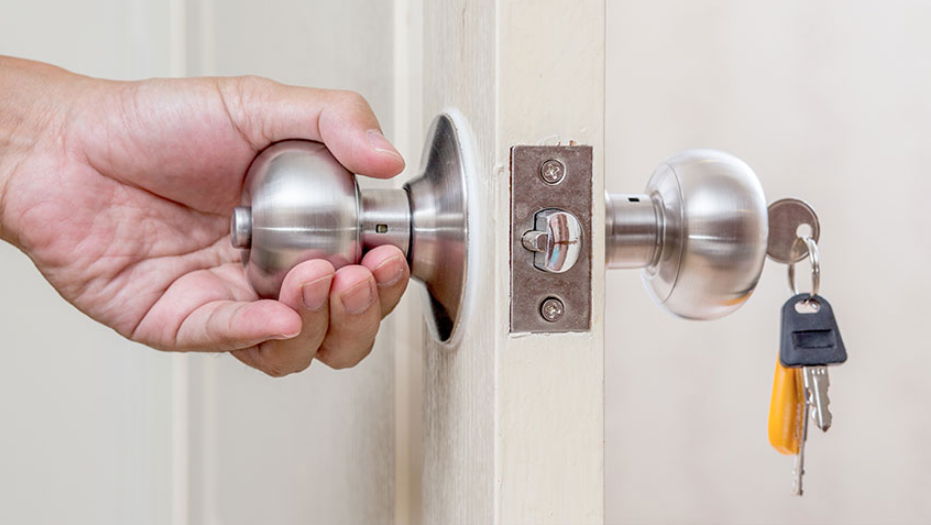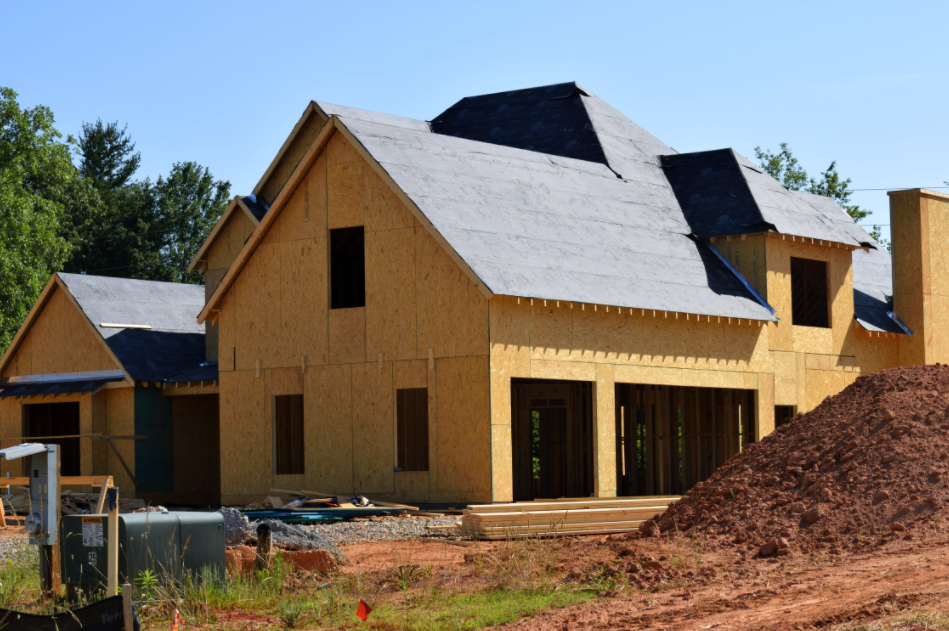The Ultimate Checklist For Home Safety & Security

Theft and house fires pose a huge threat to the safety and security of your home and your family, so it is important to minimise the risks as best as you can!

Photos By: Freepik
Around 20% of households in Australia have been burgled with three quarters of burglars breaking into a property in under 5 minutes. (Source:Home Burglary in Australia Statistics 2020) Check out the following checklist to ensure your home is safe and secure at all times!
1. Do you have smoke and fire monitoring systems in place?
Think about the number of smoke detectors in your home – do they conform to the current requirements? Are they positioned in the correct place and if you do not have hard wired smoke alarms, do you regularly check and maintain them including replacing batteries? If this is something you are not sure about, contact your local smoke alarm suppliers who will be able to provided you with the relevant information about a range of systems to suit your needs. You can also install hard wired interconnected systems with your home security alarm, so that your family is always protected, day or night.
2. Do you have an evacuation plan that everyone knows about?
If your alarm does sound, do your family (including the children) know what they should do and where to go in the event of an emergency? If it is a fire that you can safely tackle, have you got domestic fire extinguishers in place that responsible adults know how to operate? Do you maintain and check your extinguishers and are they placed in the right position? Information on the best place for domestic extinguishers can be researched online and can also be provided by your local fire services. Practising getting out of the house safely and calmly (especially if you do have younger children) is a must and make sure that you have emergency services on speed dial on your phone. It is also good practice to have one fully-charged security phone set aside in case telephone wires are deliberately cut or damaged, or if your other phones run out of battery.

3. Think like an intruder and identify the vulnerable areas of your home
If you lost your keys and had to break into your own home – how easy would that be? Which of your windows and doors are not visible from either the street or the neighbours view? If you managed to get in undetected then so can a burglar, and these areas are the ones to identify first. If a side window is blocked by a flowering shrub or bush, ensure that this is trimmed.
Any paths leading round the back of the house, along with entry ways, need to be kept well lit. Motion sensors near your home will illuminate any unwanted intruders at night time and installing lights over doors and near garages will keep the area around it lit when it gets dark. It also keeps you and your family safe when returning home at night as you avoid stumbling and tripping over raised pathways and doorsteps.
4. Do you know who is at your door?
Having a video intercom system in place allows the homeowner to see who is at the door conveniently. Due to advancements in technology, there are security systems available that alert you to visitors at your door via smart phone, providing you access even if you are outside. If you have older children that get home from school before you return from work, this is also a great system to ensure they have arrived back safe and sound as well. For those in apartments, being able to speak to someone at the door and see who they are without having to go up and down stairways, is not only safe, but a very convenient system to have in place as well.

5. Are doors and windows safe and secure?
Investing in good quality doors, as well as secure window and door locks, is next on the checklist. Remove items that are expensive which can be seen by someone looking through your windows, and install metal clad or solid wood doors. Valuables such as cash, iPhones and other electronic portable units, jewellery or collector’s items should not be seen from the street, so walk around the outside of your home to check and remove these items to a safe space.
6. Do you have good neighbours?
When you go away on vacation, does your neighbour offer to keep an eye on the property or come in to water the plants, pick up the mail or feed the cat? Likewise, offer to do the same to deter unwanted visitors as the property will not seem to be empty.
By following the above checklist and speaking to your local professionals in home security and safety, you can minimise the risk to your property and keep your family safe from harm.






